Trip Report: Nicaragua
Visited in March 2024
Nicaragua is the largest of the seven countries in Central America and the fourth that I have visited. My first was Panama in 2018. After that, I visited Costa Rica and El Salvador in 2021. That was in the middle of the pandemic and it was not yet possible to travel to Nicaragua at that time, because otherwise it would have made much more sense to visit Nicaragua in combination with neighboring Costa Rica.
This time I’m here with Kati. It’s her first time in Central America. And it will probably be the last time for me, at least until I’ve seen all 197 countries. Because now I was going to visit all four remaining countries on this trip. And Nicaragua was the first of the four. In total, we would spend six days in the country and we chose Granada, Ometepe and San Juan del Sur as our route.
Nicaragua is a country that most of my friends know practically nothing about. Most could probably tell you that the country is in Central America and that Spanish is the national language. But I guess that’s it. Some will associate Nicaragua with a high crime rate, as is usually the case with every Central American country except perhaps Costa Rica or Panama. Consequently, several people have asked me if Nicaragua is a safe country. Spoiler alert: yes. But more on that later.
For me personally, Nicaragua was a country that I had been looking forward to for a long time. Why? Because I had heard only positive things about it. People told me that Nicaragua was a hidden gem. Great nature, nice people and everything would be very cheap. It’s also far less touristy than its neighbor Costa Rica, for example. My anticipation was therefore very high.
Unfortunately, our trip to Nicaragua began with a disappointment: on the drive from Managua airport to Granada, we learned that the Masaya volcano had been closed for a few days. This is one of only a few volcanoes in the world where you can observe the lava lake at its crater. Allegedly, rocks and dirt were burying the lava lake due to a landslide, which can build up greater gas pressure.
The last time this happened was a few years ago, when an eruption caused rocks to land on the visitor parking lot of the national park. For me, Masaya would have been the highlight of Nicaragua and also one of the highlights of the entire Central America trip. Needless to say, I was disappointed.
However, we quickly forgot about that because we loved our first stop in Nicaragua: Granada. This colorful colonial city was a perfect introduction to Nicaragua. The city offers quite a few sights, is compact and you can visit everything on foot. What you can see from almost everywhere is the cathedral. This landmark characterizes Granada like nothing else. You can even climb the bell tower and take great photos of the city from above.
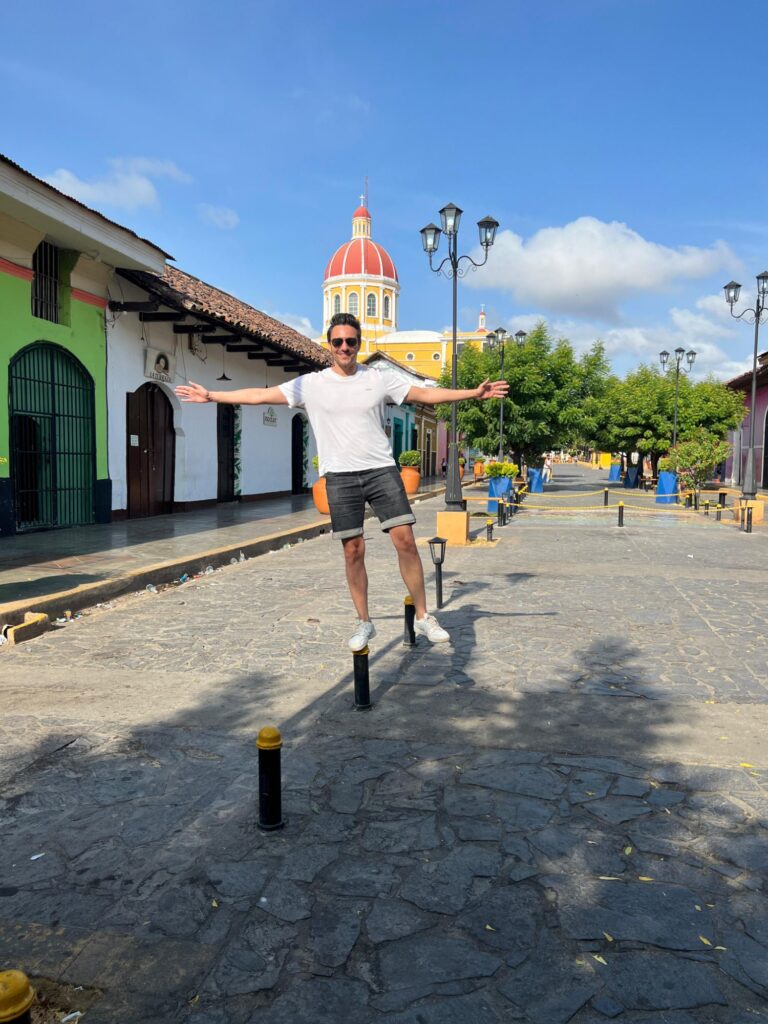
Other sights include the Church of the Mercy, which also has a Bell Tower, or the shores of Lake Nicaragua, which is only about a ten-minute walk from the city center. What I can’t recommend is the Chocolate Museum. On the one hand, the museum was boring and on the other, the chocolate didn’t taste very good. There is a better place to learn about chocolate in Ometepe…
It’s not as if you need more than a day to see Granada. But Granada is pretty laid-back, on Monday morning the city even seemed pretty deserted. There are also plenty of good cafés and restaurants, so the city is also good just to hang out, relax and admire the beautiful streets of the city.
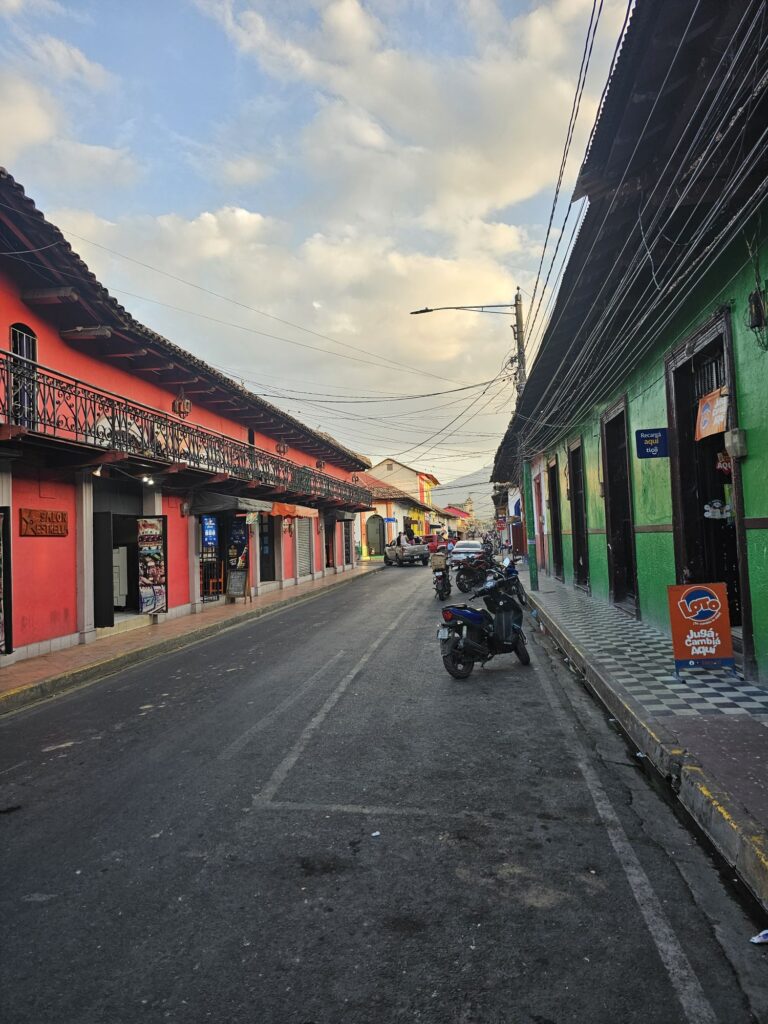
While we were in Granada, we also visited Laguna Apoyo. This is another activity related to volcanoes (there are many of them in Nicaragua!), as the lagoon is a gigantic crater lake. You can also see the Mombacho volcano right next to the lake, which you can also hike up to (we didn’t).
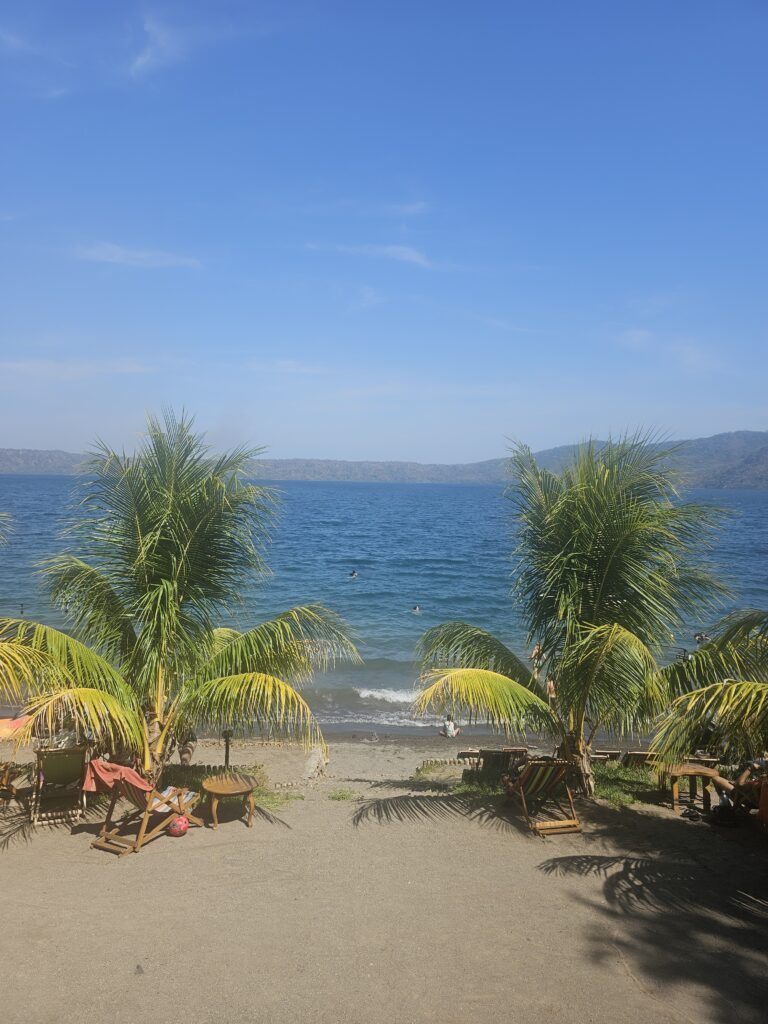
The lagoon is easy to visit as a half-day excursion from Granada. Either as an organized tour, or with a private driver (which we did for $40 including waiting time) or DIY with public transport. You often visit a resort there, buy a day pass, which allows you to use the facilities. Definitely worth it if you want to avoid a hot day in Granada.
From Granada, we traveled to Ometepe, an island in Lake Nicaragua, the largest lake in the country. There are basically four ways to travel in Nicaragua. Private transport, self-drive, tourist shuttles or public transport. Tourist shuttles take tourists from A to B on the popular routes. You pay per seat and can then travel from Granada to San Jorge, for example, from where the ferry goes to Ometepe. We never used the tourist shuttles, the reason for which I will explain later.
We chose public transport to get from Granada to Ometepe. First we had to take the so-called chicken bus from Granada to Rivas, then a cab from Rivas to San Jorge and from there a ferry to Ometepe. The whole trip took about four hours and cost less than $10 per person. Everything was pretty straightforward.
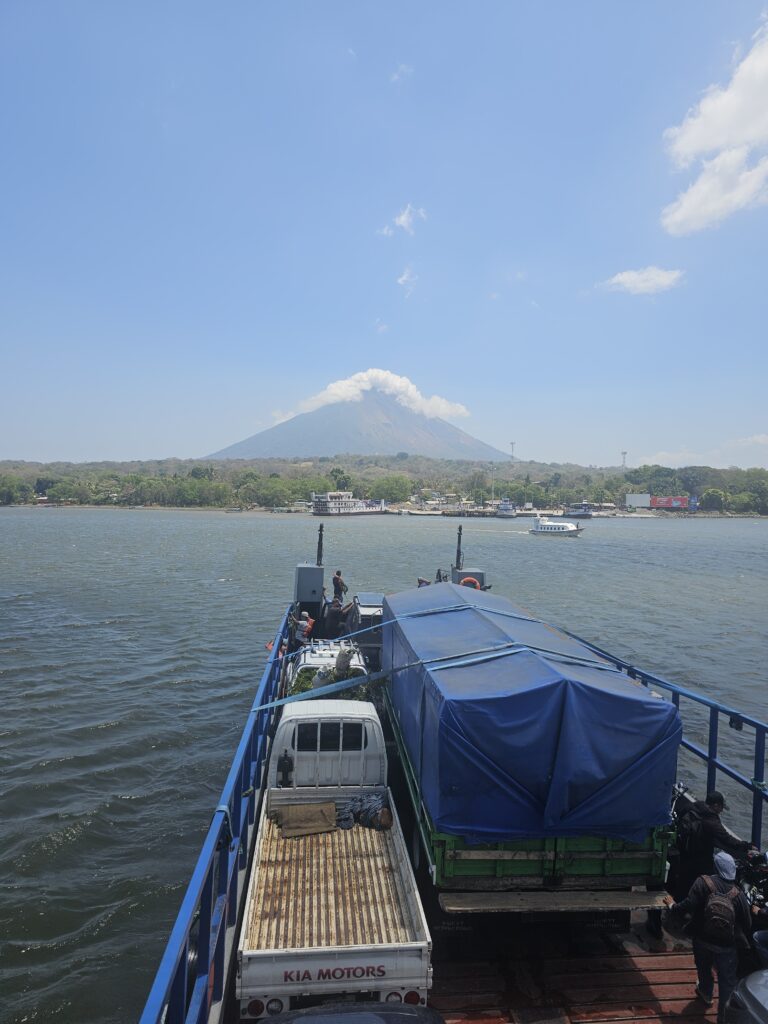
Ometepe is often referred to as the place to visit if you could only see one place in Nicaragua. I have heard some people describe Ometepe as one of the most beautiful places on earth. For this reason, skipping Ometepe was out of the question.
We hired an ATV in Ometepe as soon as we arrived, which we used to explore the island for the next two days. Although thieves once stole our lights (and we had to drive in the dark for over an hour after sunset), in my opinion this is definitely the best and coolest form of transportation on this island. For $55 a day without fuel, it’s also affordable as two people can sit on it.
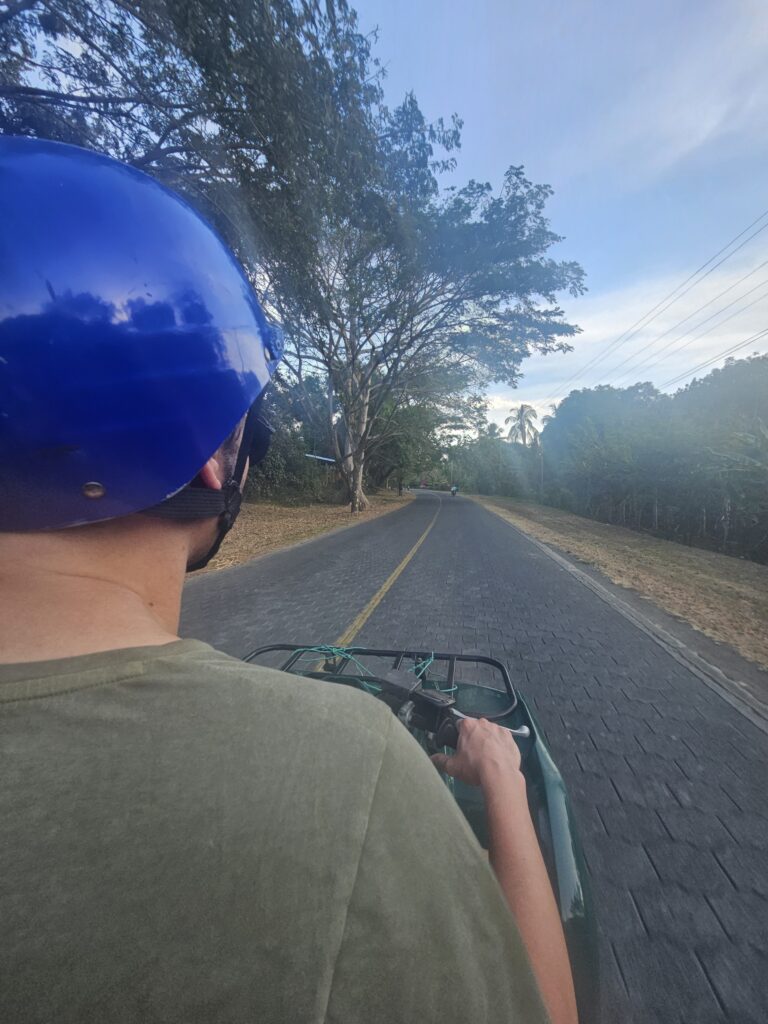
Ometepe is much bigger than I expected. We had our hotel in the main village of Moyogalpa and a trip to the East of the island easily takes two hours by ATV. Looking back, I don’t think I would stay in Moyogalpa again, but rather near Playa Santo Domingo or on the side where El Pital Chocolate Paradise is. These two parts looked much nicer and better for tourists.
At El Pital, you can book a chocolate tour, which is very extensive at three hours, but never boring. Nicaragua is the largest cocoa producer in Central America and various types of chocolate are produced at El Pital. At the same time, the tour teaches you about the current chocolate market and its darker side. Definitely a more exciting place than the Chocolate Museum in Granada.
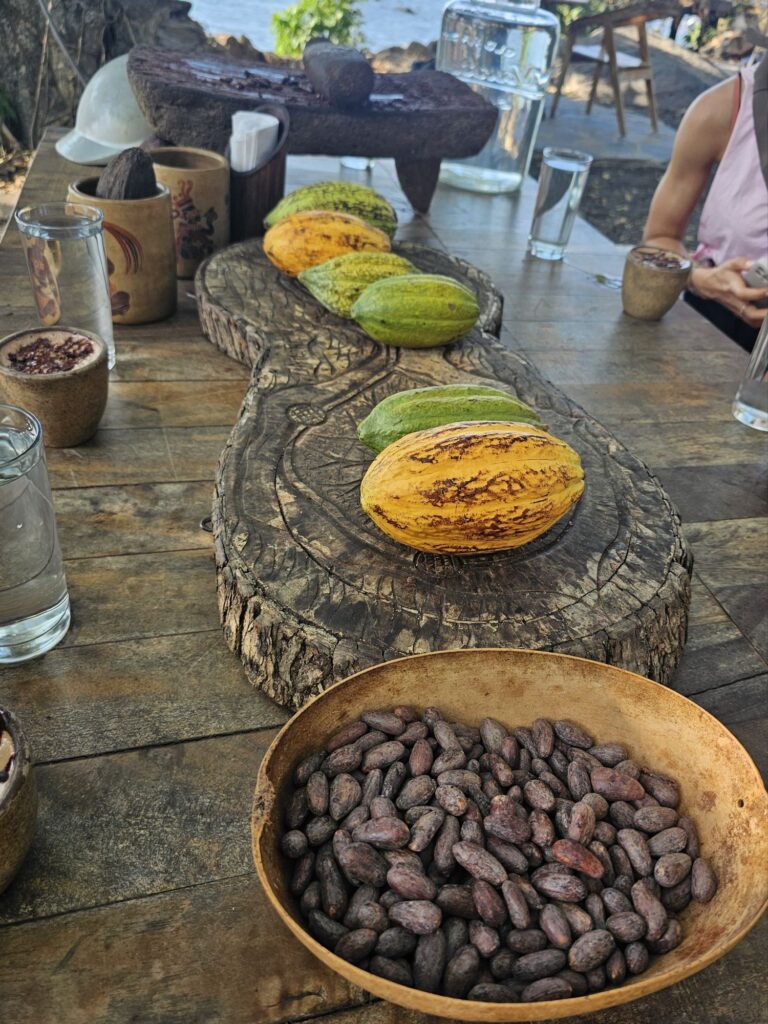
Other places we visited were El Ojo de Agua, Charco Verde, Río Istián (kayaking) and Punta Jesús María. I found the latter to be one of the most beautiful places on the whole of Ometepe. The other places were actually all okay, but if we had missed one, it wouldn’t have been too bad. We could have done without the kayaking altogether, although I’ve heard from others that they thought it was the best activity on Ometepe.
What I liked most about Omepete were not the classic tourist attractions, but rather the views of the volcanoes that you had from almost everywhere. This makes driving on the island a wonderful experience and I think you would enjoy Ometepe even without visiting the places listed above.
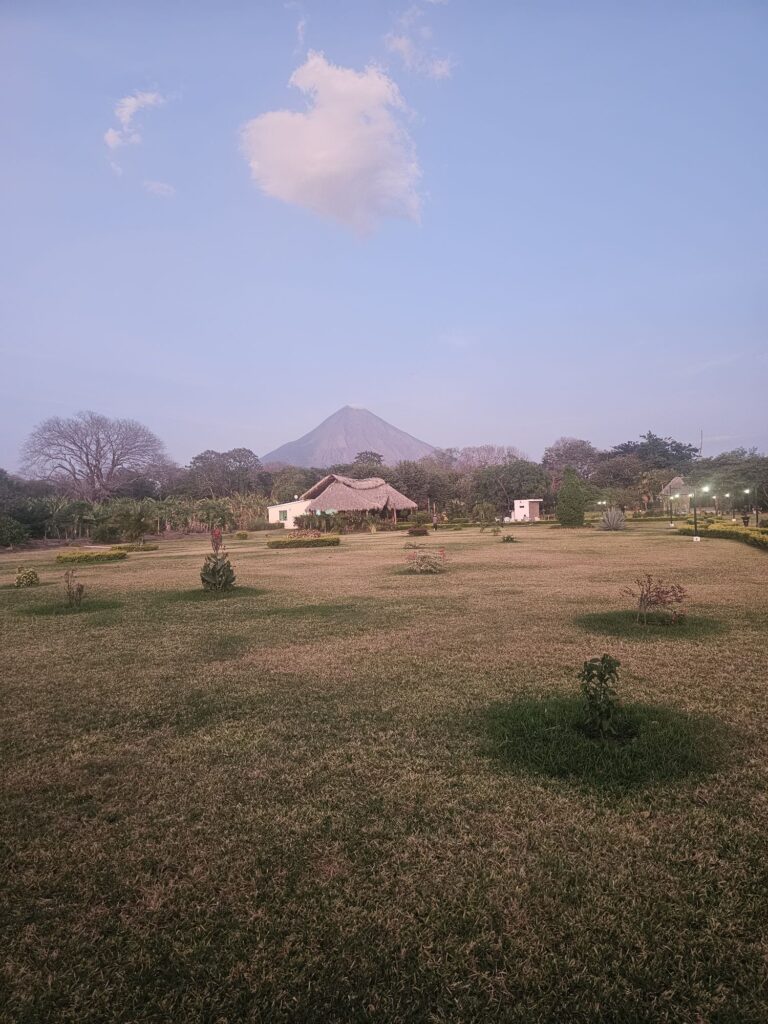
By the way, it is also possible to climb the two volcanoes. These are two very challenging hikes that each take a day. We decided not to do it, as we had a volcano hike in Guatamala on our program anyway.
After two days, we left Ometepe again. Two days were not enough to see everything on the island, but at least all the things we wanted to see. With an extra day, we could have traveled around the island a little more relaxed, as our program was pretty packed.
Our last place in Nicaragua was San Juan del Sur, not far from the border with Costa Rica. We took the ferry from Ometepe back to San Jorge. There we took a cab for $20 for the 40-minute ride. By the way, we thought about going to León north of Managua instead of San Juan del Sur at short notice. After all, some people describe León as the most beautiful city in Nicaragua. However, a glance at the weather forecast quickly put an end to this idea, as it would have been 38°C in León that day. No thanks.
What might have been another argument for León was the volcano boarding at the Cerro Negro volcano near the city. Here you hike up Cerro Negro for about an hour and then slide down on a volcano board. However, I heard different opinions about it. Either people thought it was just awful or it was their highlight in Nicaragua. Due to the many negative opinions, we didn’t prioritize it and since we never made it to León, the question of whether or not didn’t even arise.
San Juan del Sur was completely different to the other places we saw in Nicaragua. Above all, it was much more touristy. Not so long ago, this place was a sleepy fishing village. Then, tourists arrived who found the place perfect for surfing. Little by little, the village grew. Hotels, cafés, restaurants and so on came.
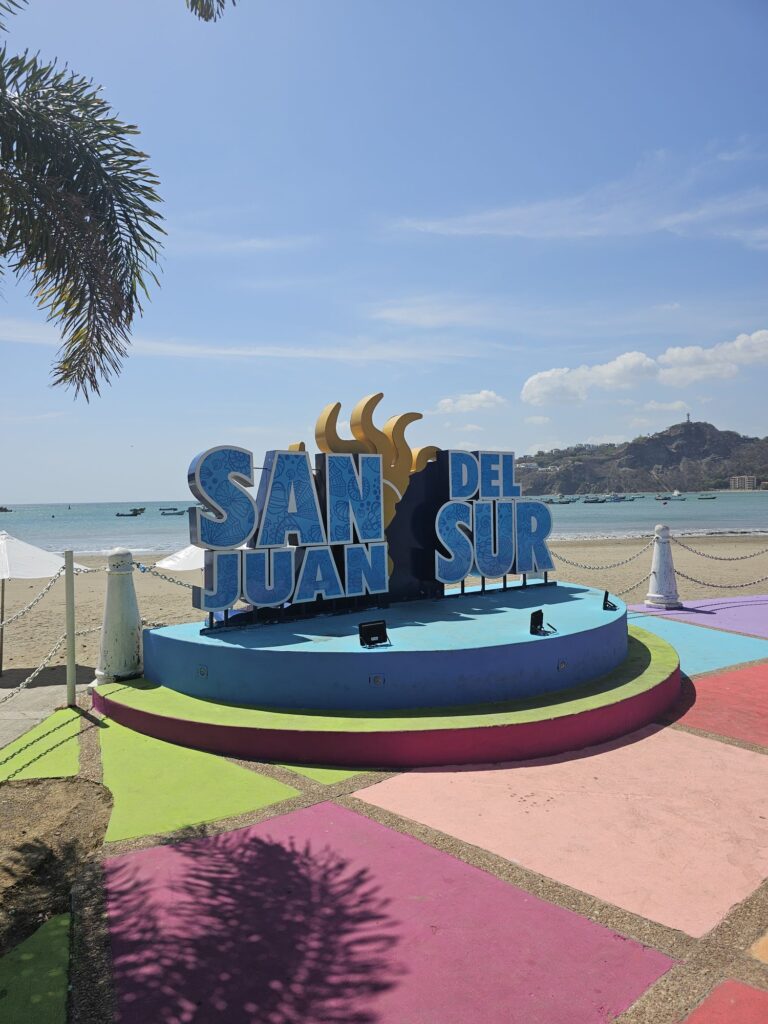
This certainly has positive aspects, but we also found the people there to be the most intrusive. Many people want to sell you weed or other drugs and in general I did not find the local people as warm as in the other places in Nicaragua. Our start in SJDS was also bad, as our hotel was supposedly closed for renovation. However, we did not get any information and even on Booking.com it was still possible to book it for the same day. Finding something new at short notice was not a problem, fortunately, as there are plenty of hotels in SJDS.
The best beaches in San Juan del Sur are a little out of town and somehow we lacked the motivation to go there. Instead, we made do with the beach directly in front of the village, but it didn’t turn out to be particularly beautiful. The water looked brown and the beach wasn’t very clean either.
The next morning we drove to the Jesus statue Cristo de La Misericordia, where you have the best view over San Juan del Sur. The viewing platform is definitely the best non-beach activity you can do in SJDS. The sea looks even more beautiful from above than when you’re standing on the beach.
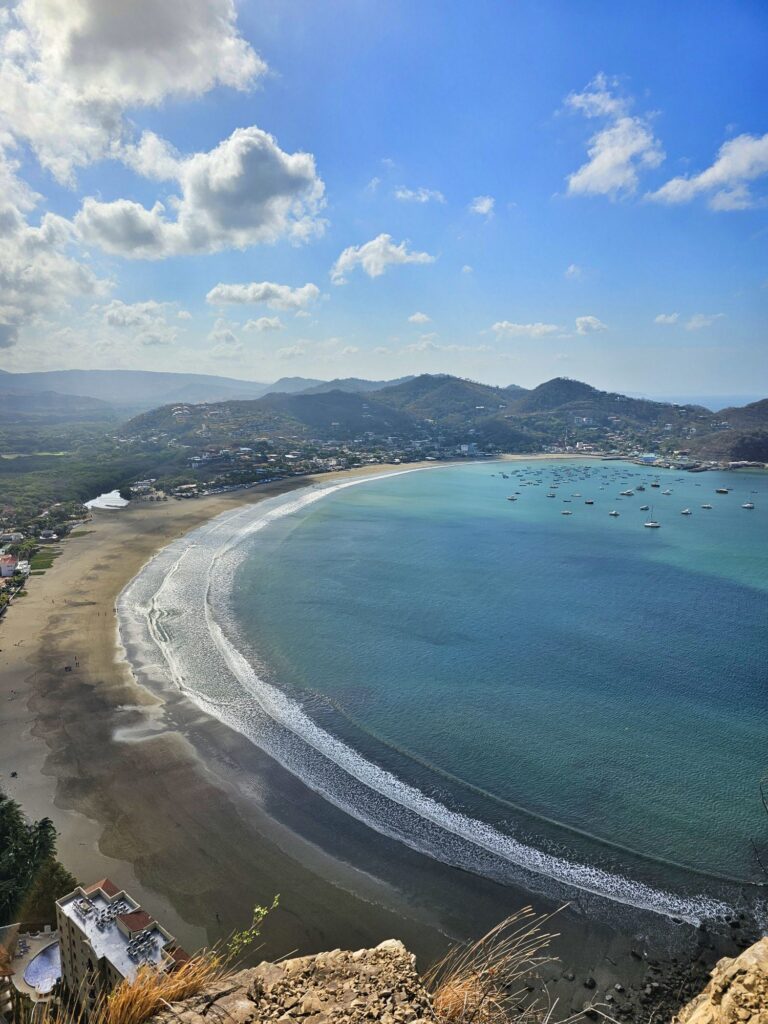
It was our last activity in Nicaragua. In the afternoon, we drove back to Managua, from where our flight to Honduras took off (so we didn’t have to take the 12-hour bus ride to the neighboring country). For the trip from San Juan del Sur to Managua (2h30) we used the same cab driver who had already driven us from San Jorge to SJDS. We paid $85, but it was private transportation and we could set the time ourselves.
The alternative would have been the tourist shuttle. The shuttle runs daily from SJDS to the airport in Managua. However, we would have arrived at 13.00 and would have had to wait several hours until our flight departure. As a seat was $35, we thought private transport for $85 was the better option. Therefore, I think that the tourist shuttle is only suitable for solo travelers. A private chauffeur is more worthwhile for two or more people. It may be slightly more expensive, but you decide yourself when to set off, when to take a break, etc.
Let’s come to the conclusion. How was Nicaragua? Did it live up to the high expectations? Both Kati and I loved the country. We liked pretty much everything. The nature, the activities, the people… I would even say that the locals were the nicest we met on this trip to Central America. Due to inflation, Nicaragua is no longer as cheap as it was three or four years ago. However, I would say that Nicaragua is the best value for money in Central America.
How was the food? Typical for Central America. That means rice and beans with practically every meal. Gallo Pinto, the national dish, which is also served in Costa Rica, tastes very good, but gets boring after the fourth time. However, all the places we visited in Nicaragua had food from all over the world, so there was plenty of variety.
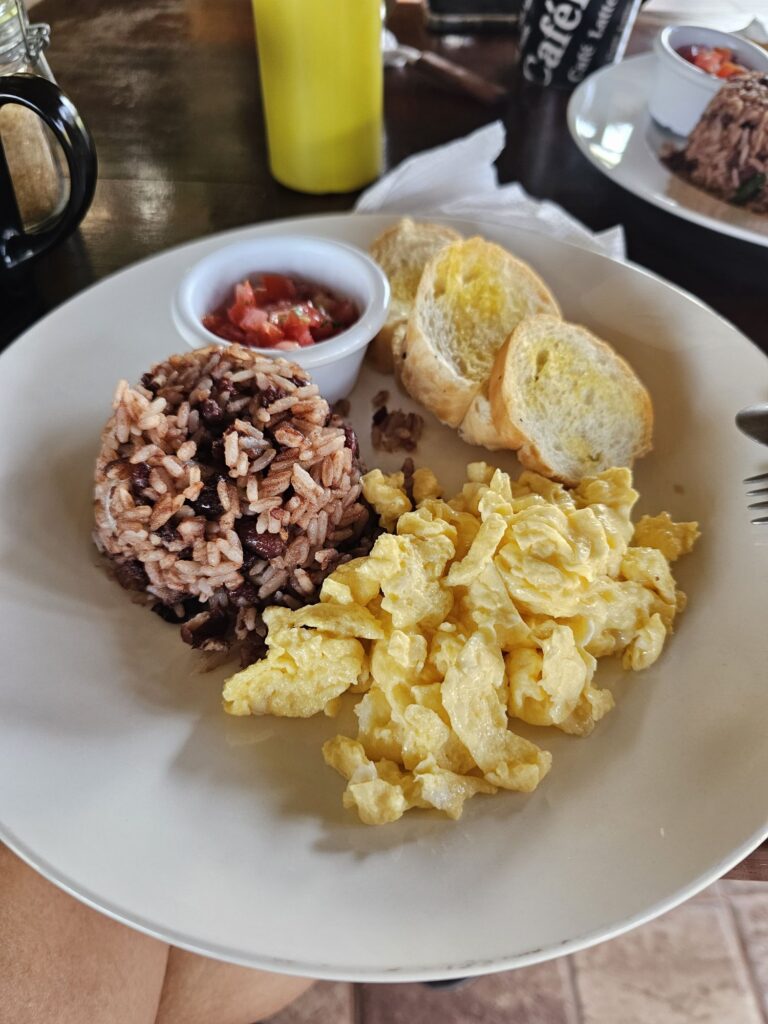
Furthermore, I would say that Nicaragua is currently a safe destination. Of course, like everywhere in Central America, there is a high level of crime, but I think in tourist destinations such as Granada, León, Ometepe or San Juan del Sur, the likelihood of something happening to a tourist is quite low.
There are not only positive things to report about Nicaragua, as the country has perhaps the strictest dictatorship in the whole of Latin America. Ortega and his wife have ruled the country with an iron grip for many, many years. People of neighboring country see the president as a lunatic. Nicaragua is also one of Russia’s permanent allies – along with countries such as Cuba, North Korea and Syria. That also says a lot.
However, as I don’t rate countries according to their government, but according to other criteria, the conclusion remains positive. Nicaragua is a fairly underrated country that doesn’t get the attention that Costa Rica or Panama do, for example. That’s a shame, because the country really has a lot to offer. Nevertheless, this fact is good for tourists, as it means that the country is not overcrowded and not particularly expensive. So my tip: visit it while it stays that way.
Click here to find the trip reports of the 170+ other countries I have visited so far!
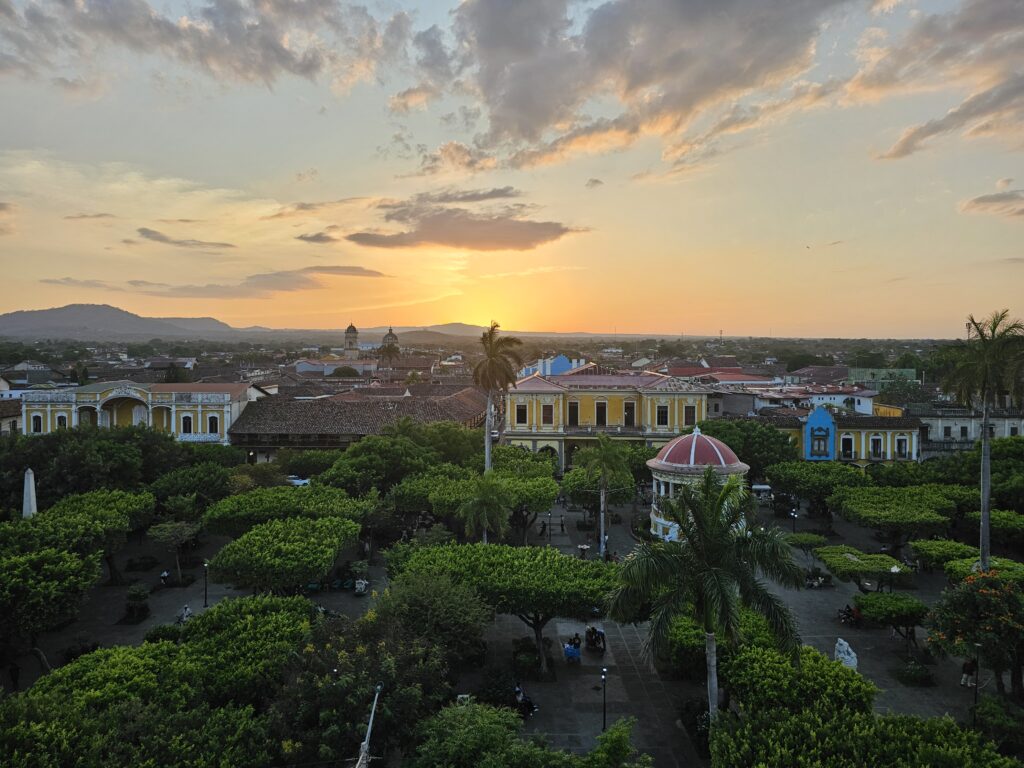
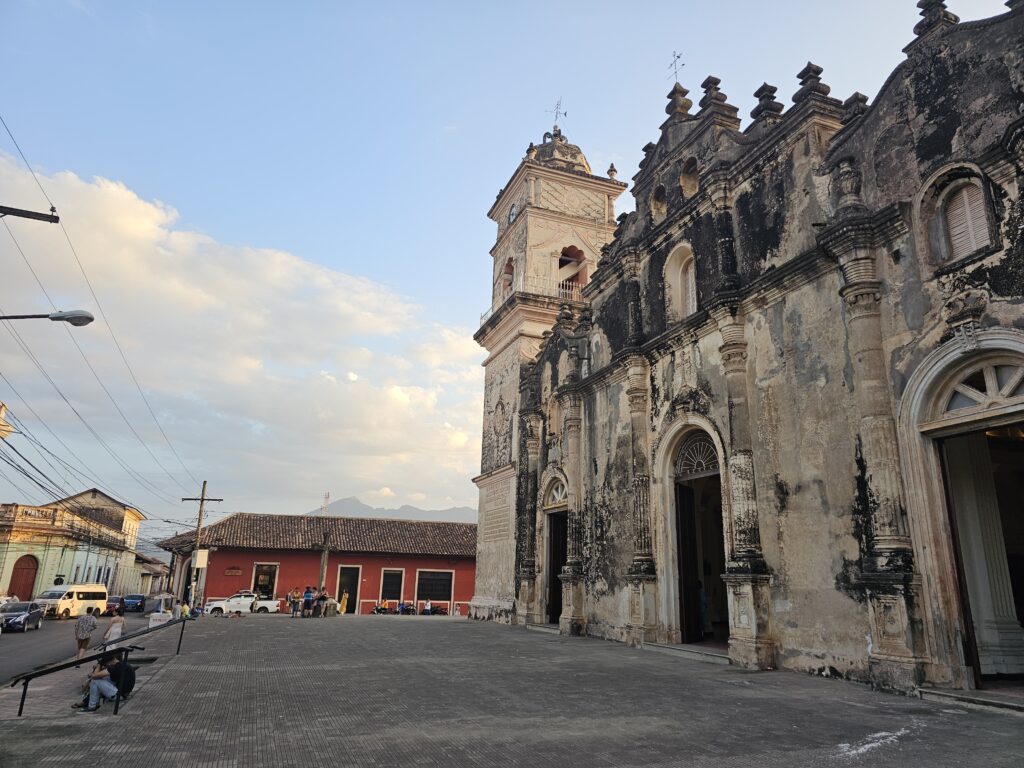
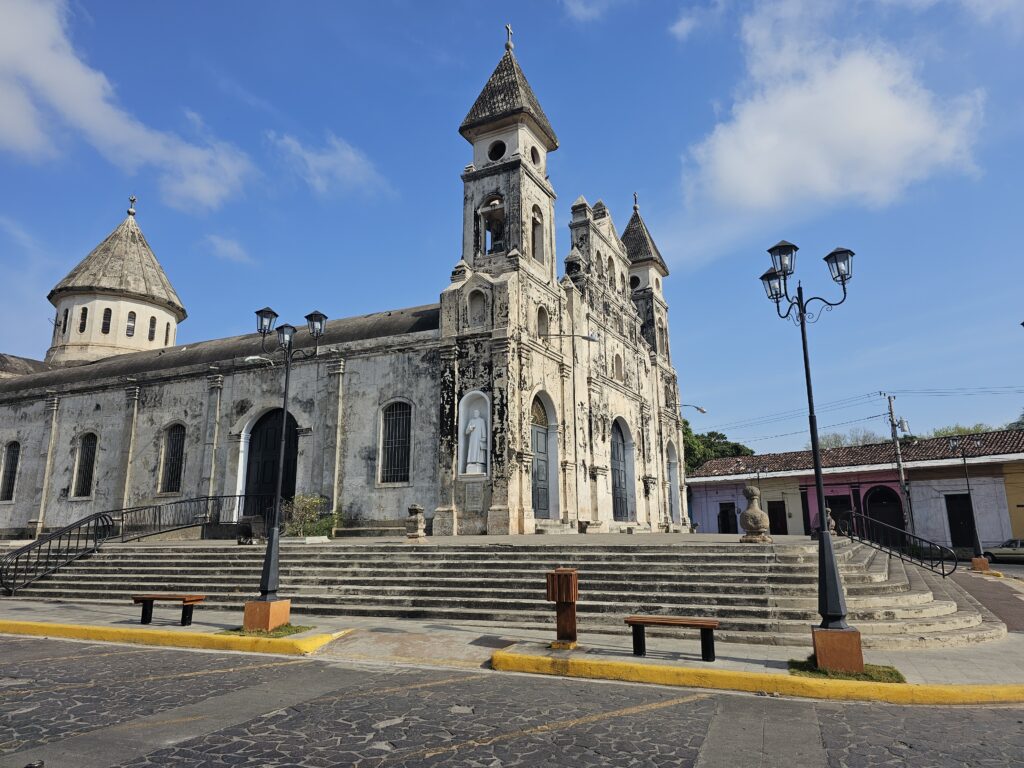
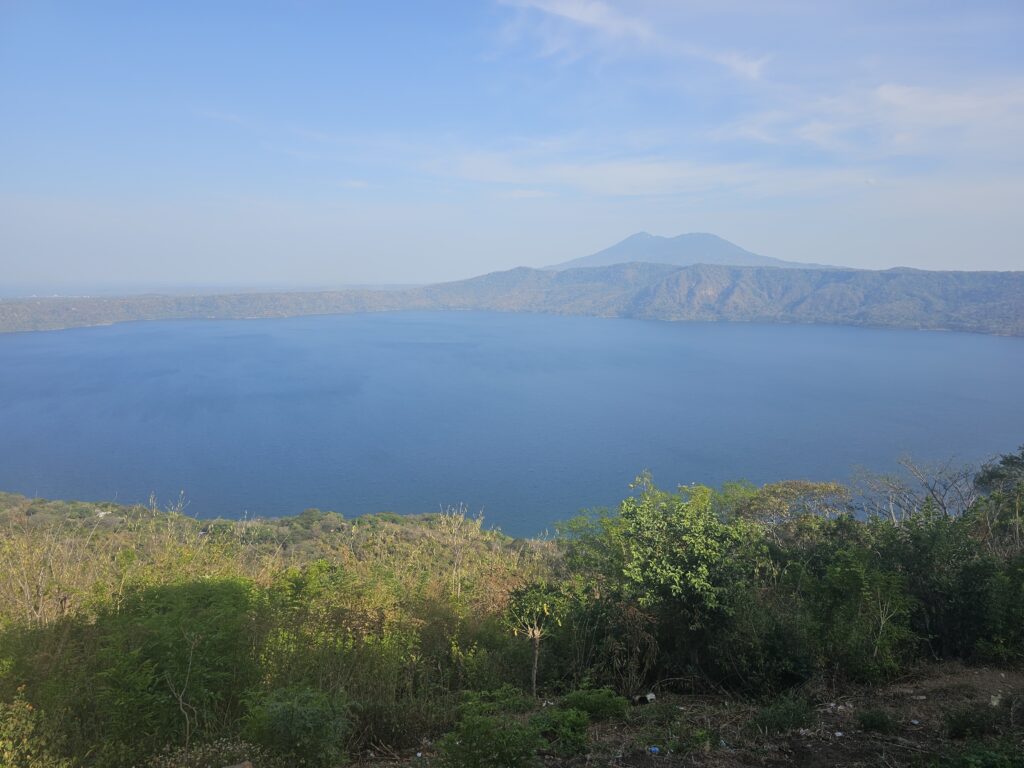
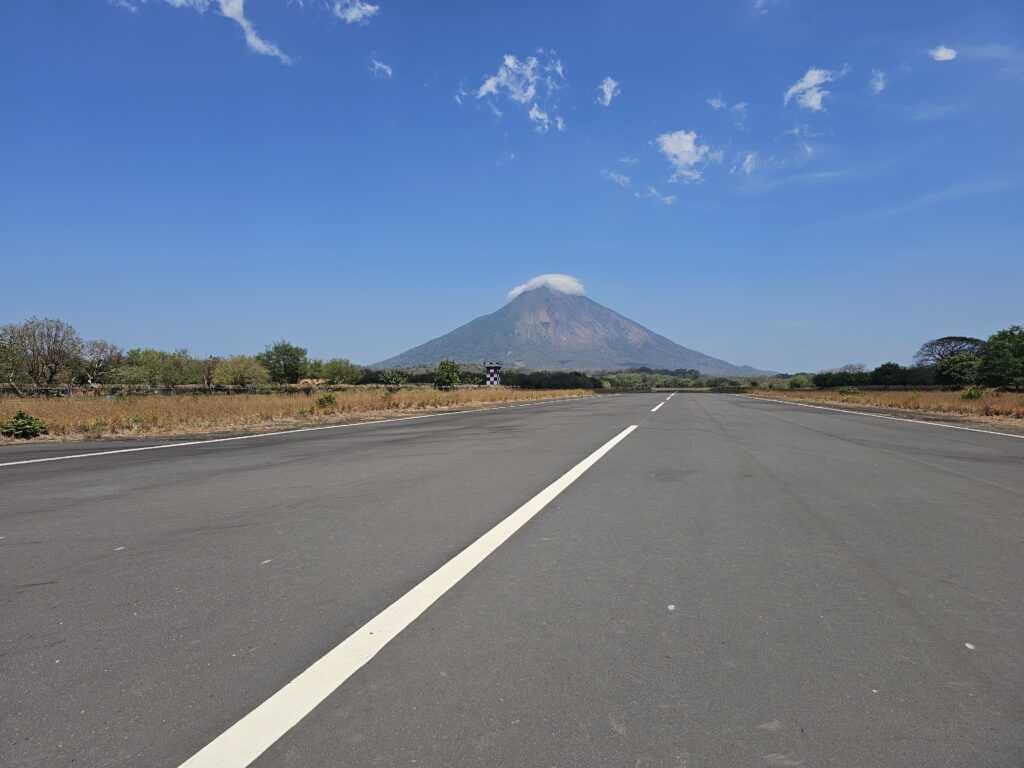
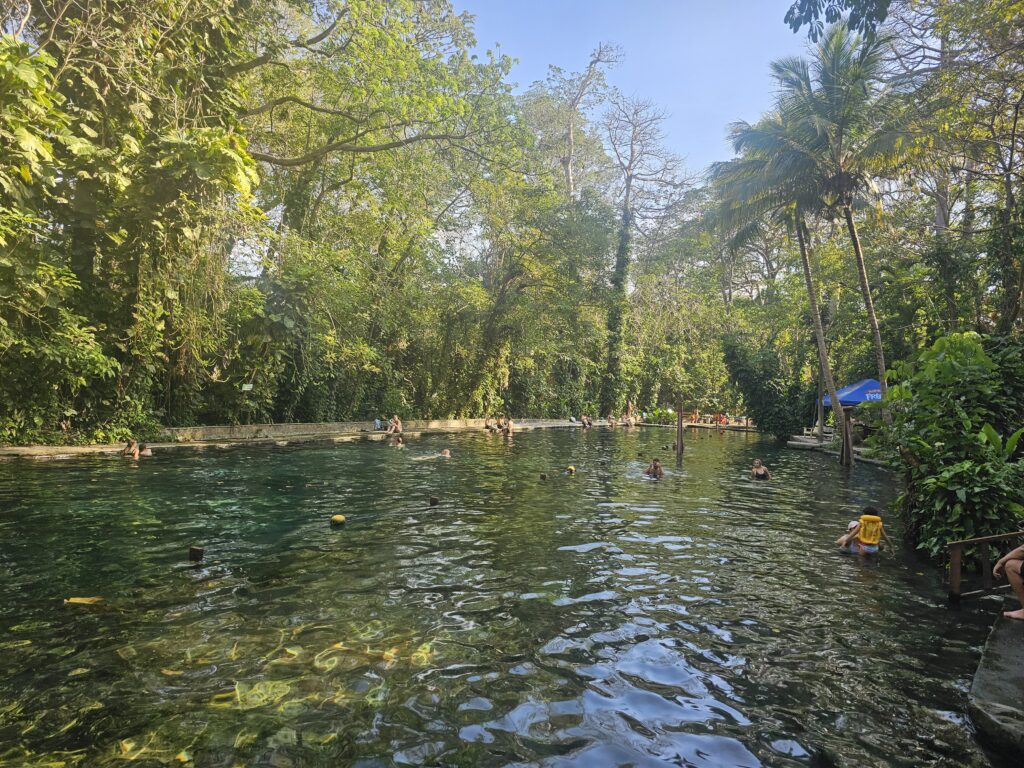
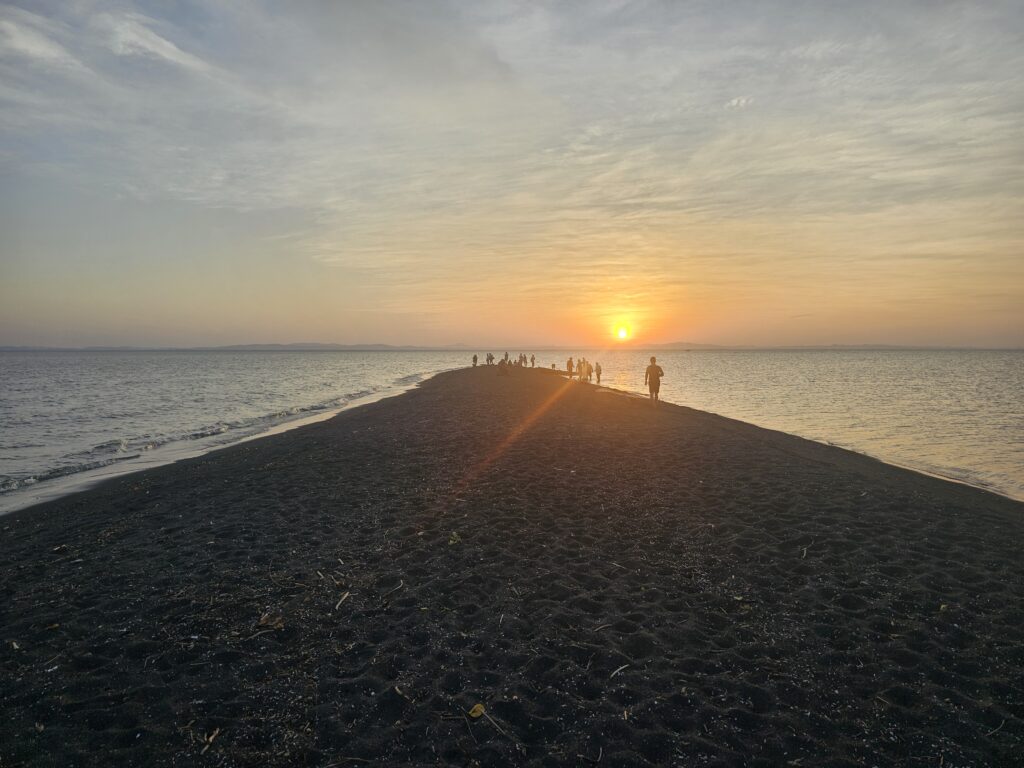
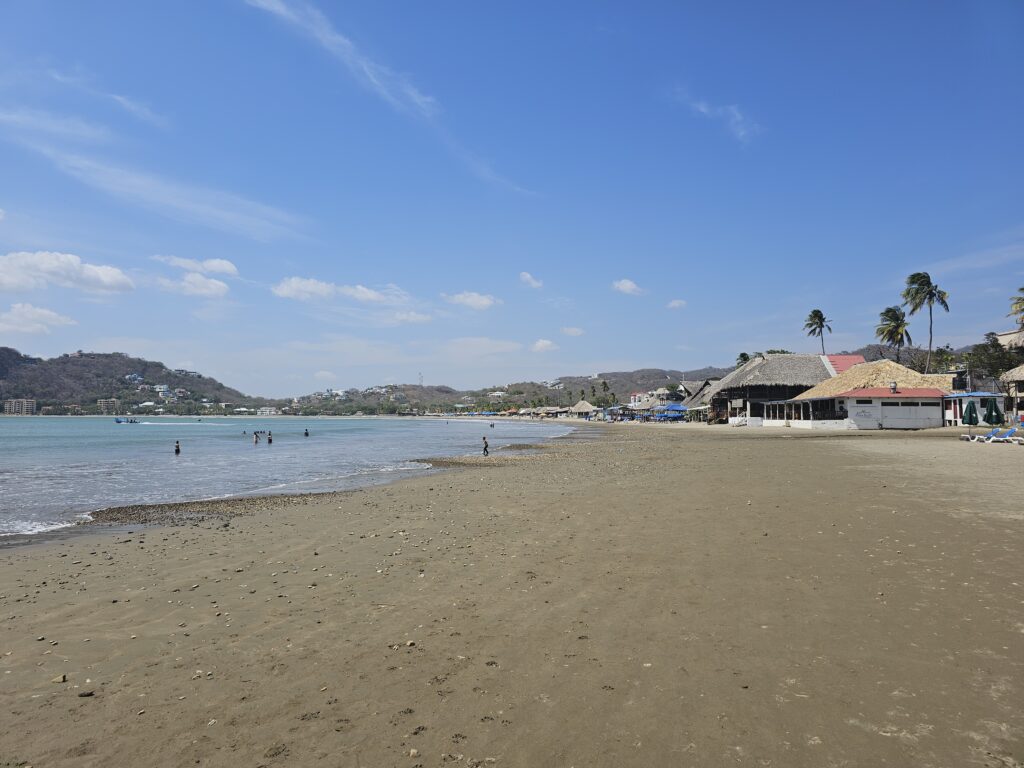
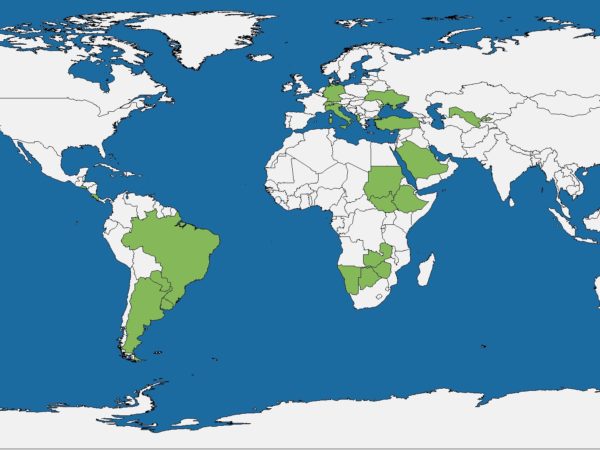
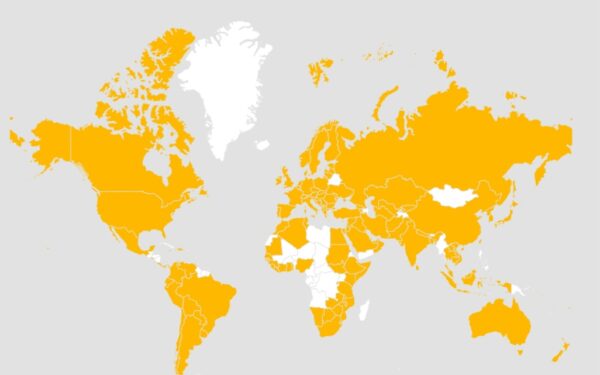
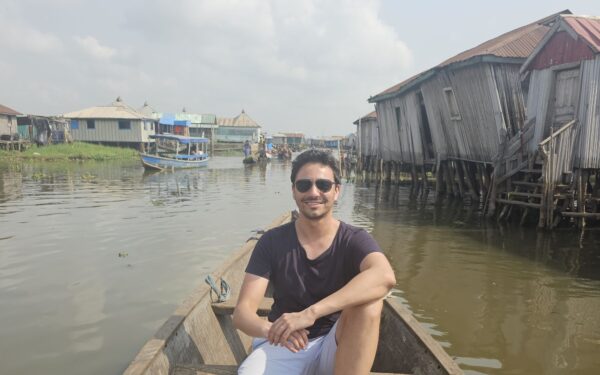
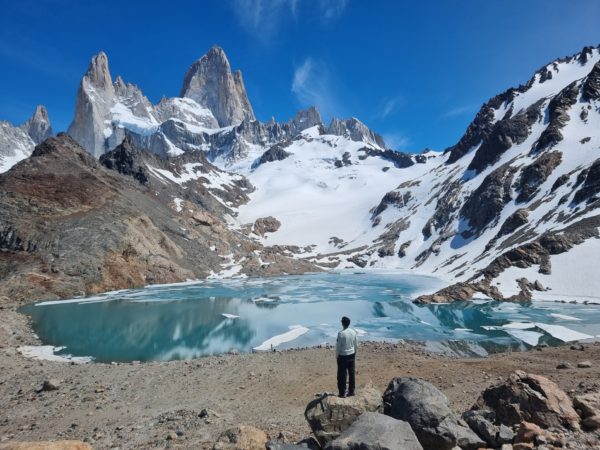
Awesome trip report as usual! I had Nicaragua as a potential destination for a trip a couple of years back, but due to safety concerns (shared with me directly from a Nicaraguan friend) I decided to scrap it. I’ll make sure to use your post as guidance for a future trip! 😊